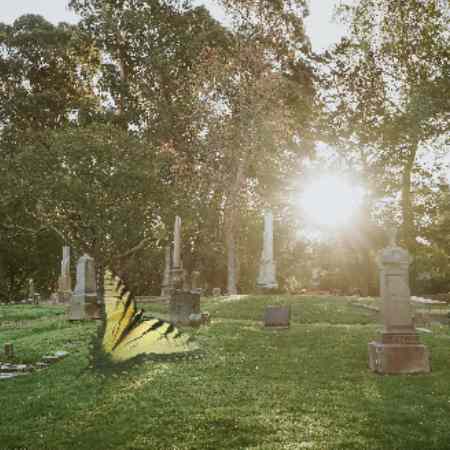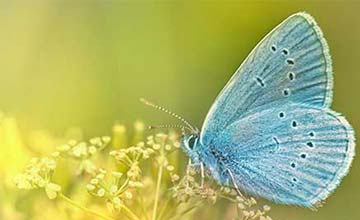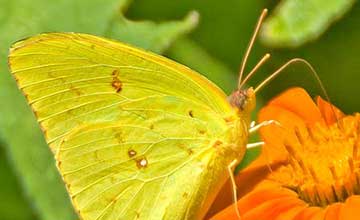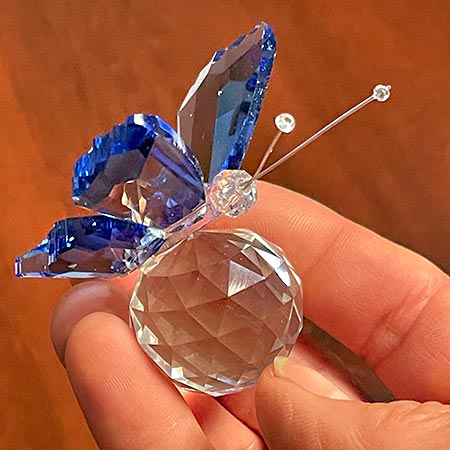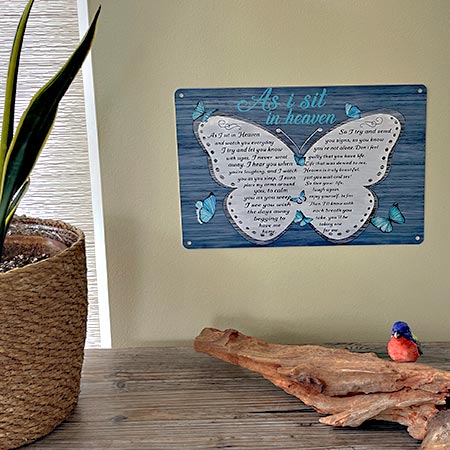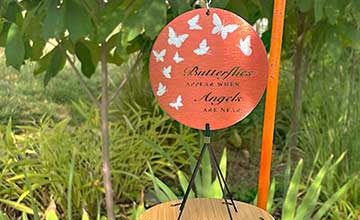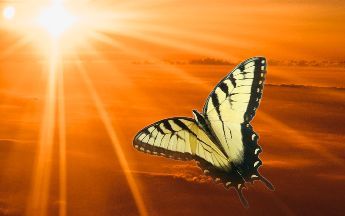Something about flowers draws you in. Maybe it’s the way they refuse to apologize for being so unapologetically beautiful. Maybe it’s the way they bloom in spite of everything—the drought, the pests, the neighbors who cut them down without asking. Maybe it’s that you suspect, deep down, flowers are not just flowers. They’re messages. They’re symbols. They’re tiny emissaries of the universe, whispering to you about love, grief, forgiveness, resilience.
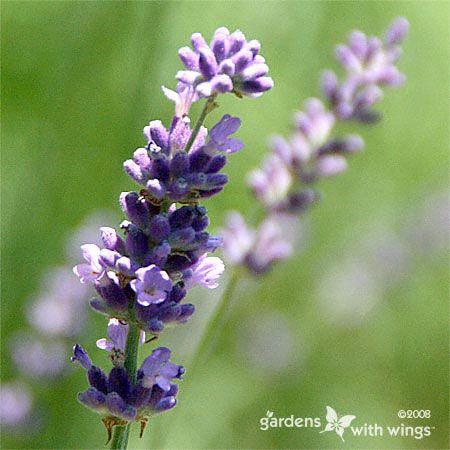
If you lean in closely enough, you might actually hear them. Because flowers don’t just look nice in a vase; they hold centuries of meaning, layers of symbolism, and the uncanny ability to make your soul unclench after the longest day of your life. A garden, if you let it, can be more than a hobby. It can be therapy. It can be prayer. It can be a portal into something bigger than yourself.
If you’re curious about how to start—about how to turn your backyard or even your windowsill into a sanctuary—you’ve come to the right place. Start here: askafreepsychicquestion.com.
Flowers as Messages
You may already know that red roses mean love and white lilies mean funerals. But the language of flowers is much bigger than the clichés you find at the florist’s counter. In Victorian times, bouquets were basically text messages. Want to flirt without scandal? Send a posy of violets. Need to end a courtship? A yellow carnation did the trick.
Now, of course, you’re not sending flowers to signal to your suitor that he needs to leave immediately. But you are sending messages—to yourself, to your family, to your home. A garden is essentially an autobiography, written in petals.
- Lavender: calm, peace, and protection. (Also, mosquitoes hate it, which is practically spiritual in itself.)
- Roses: passion, yes, but also healing and courage.
- Marigolds: resilience, strength, the power to rise again after life knocks you flat.
- Sunflowers: joy, optimism, the sheer audacity of turning your face toward the sun even when clouds linger.
When you plant flowers with intention, you’re not just landscaping. You’re casting a spell.
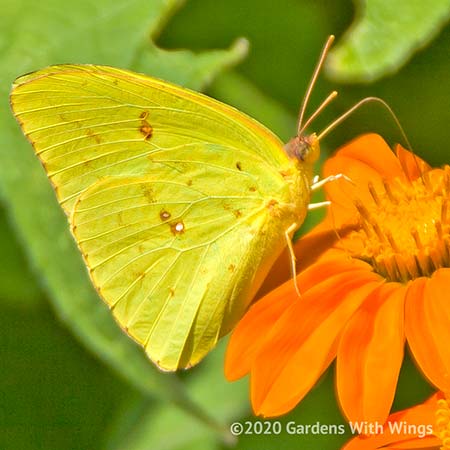
Healing Energy in the Garden
Here’s the thing you don’t realize until you dig your hands into the dirt: gardening is physical, but it’s also deeply spiritual. There’s a reason therapists tell you to touch the earth, to ground yourself, to literally plant your feet in soil.
When you garden, you slow down. You kneel, you breathe, you notice. You find yourself absorbed in the drama of a single bud. You become aware of cycles—growth, bloom, decay—and somehow, this comforts you, because your life feels less chaotic when it’s part of a larger rhythm.
There’s also something ritualistic about it. Watering at the same time each day. Deadheading spent blooms like letting go of grudges. Waiting, watching, and learning patience—the most spiritual practice of all.
Designing a Garden That Speaks to You
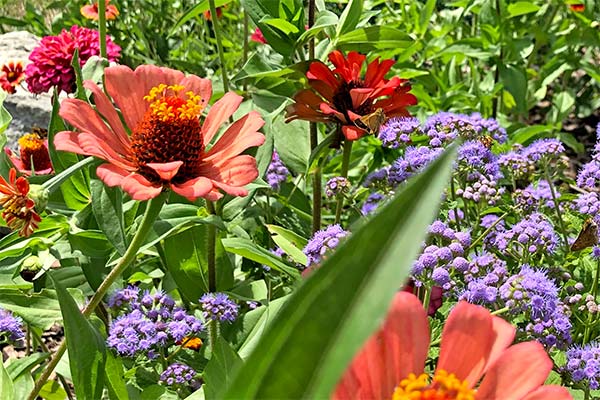
Don’t get bogged down in rules. You’re not Martha Stewart. You’re not planting a Versailles replica. You’re creating a sanctuary, and sanctuaries are personal.
Start with one question: What do I need?
- Do you need peace? Plant lavender, chamomile, or white roses.
- Do you need energy? Plant sunflowers, geraniums, or bright zinnias.
- Do you need healing? Plant calendula, echinacea, or sage.
- Do you need love? Well, roses never fail, but peonies will make your heart swell too.
Arrange them not for symmetry but for meaning. Maybe the lavender borders your walkway so calm greets you at the door. Maybe the marigolds stand guard near the fence, reminding you that you are stronger than you think.
Rituals in the Garden
The beauty of a flower-filled space is that it begs you to linger. To walk through slowly. To touch the petals and feel something shift inside you. You can turn your garden into a spiritual practice with tiny, everyday rituals:
- Morning Walks: Step outside with your coffee, barefoot if possible, and notice what has changed overnight.
- Flower Meditation: Choose one bloom, sit in front of it, and watch. Really watch. Notice the veins, the curve, the way it leans. Five minutes of this and you’re calmer than you’d ever be on Instagram.
- Offerings: Clip a flower and place it on your desk, your altar, or your nightstand as a reminder of beauty amid chaos.
- Letting Go: When flowers fade, don’t mourn them. Compost them. Return them. Let them teach you the art of release.
Flowers Indoors: A Portable Sanctuary
Maybe you don’t have a garden. Maybe you have a windowsill, a fire escape, a stubborn basil plant clinging to life in a mason jar. That’s fine. The magic of flowers doesn’t need acreage.
Buy a single stem at the grocery store. Put it in a chipped mug. Watch how it shifts the energy of your kitchen. Watch how you look at it in the morning, surprised that a daisy could make you feel less alone.
Flowers are sneaky like that. They don’t just sit there. They work on you.
The Spiritual Meaning of Seasons
Flowers also remind you of something you keep forgetting: life has seasons. Not everything blooms at once. Not everything blooms forever.
- Spring is for hope.
- Summer is for joy.
- Fall is for release.
- Winter is for rest.
Your garden mirrors your life. When you’re in a hard season, flowers remind you that spring always comes back. When you’re riding high, they remind you that even joy has cycles, and that’s okay.
A Garden as a Teacher
You think you’re planting flowers, but really, flowers are planting something in you. Patience. Acceptance. Awe. A reminder that you don’t have to control everything—that beauty grows even when you’re not watching.
And maybe that’s the real reason gardens feel like sacred spaces. They’re not just about what you put in the ground; they’re about what the ground gives back to you.
Final Thoughts
You could fill your backyard with flowers because they’re pretty. You could do it because the neighbors will stop giving you side-eye about your overgrown lawn. But if you’re willing, you could also do it for something deeper. You could plant a garden that heals, that listens, that whispers truths you’ve forgotten.
And the best part? It only takes one flower to begin. One seed, one bloom, one moment of noticing. The rest unfolds the way it always does—with time, with care, with grace.
Because in the end, flowers are not just decoration. They are meaning, memory, medicine. They are a love letter written by the earth itself. And when you let them into your life, you let your soul exhale.
